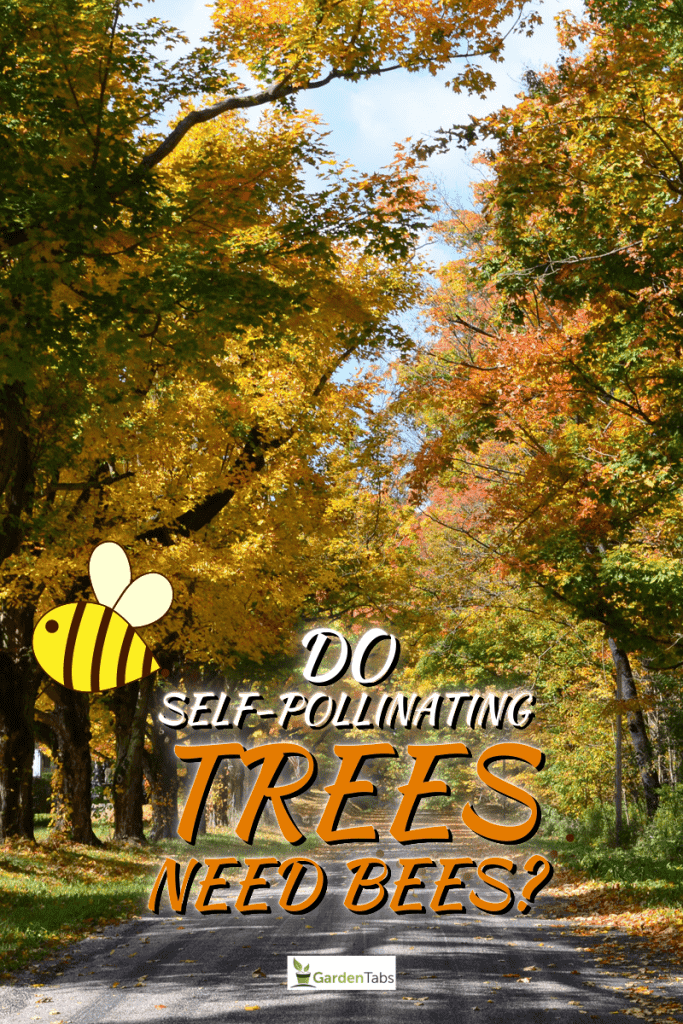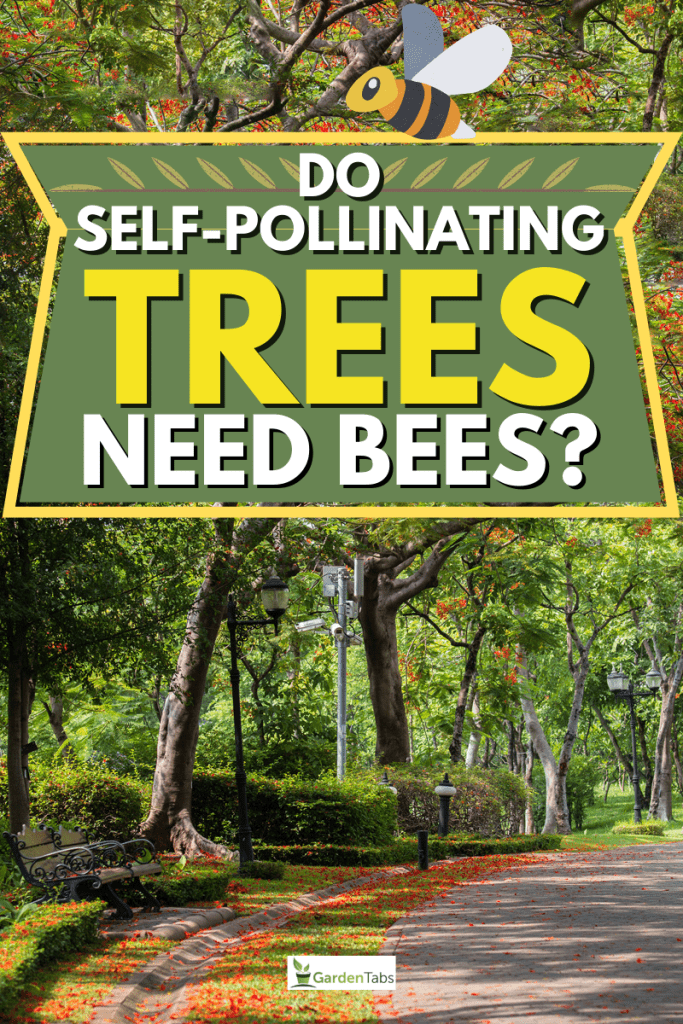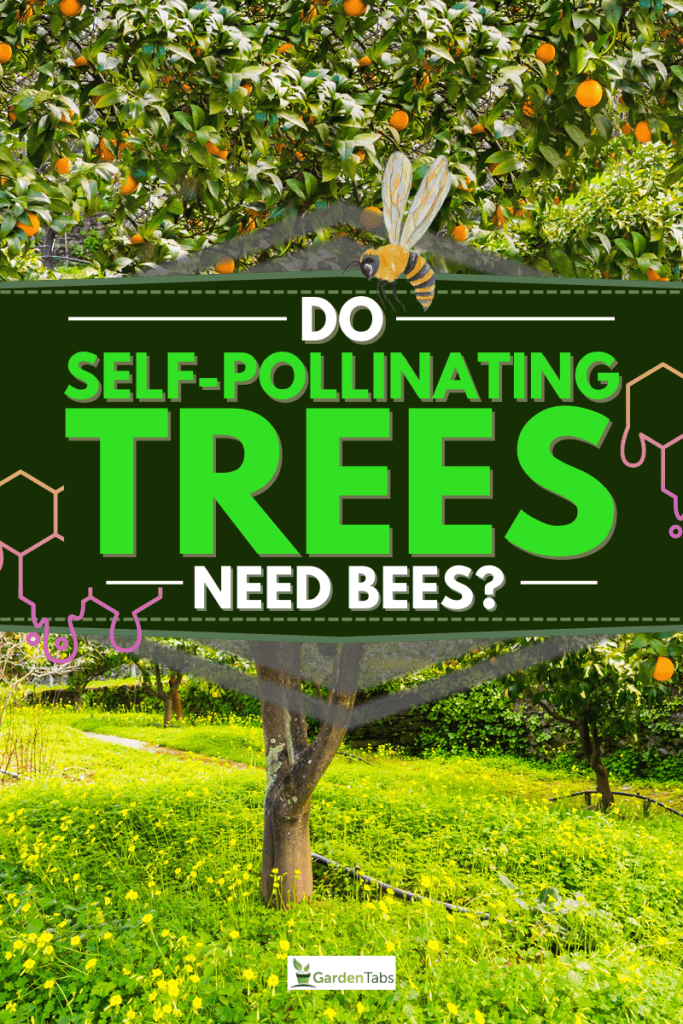Looking for new trees to enhance your landscape? Perhaps you've stumbled upon self-pollinating varieties and find yourself with some questions. In this article, we will address whether these self-pollinating trees need bees and more.
Self-pollinating trees have the ability to produce fruit without the assistance of other trees or bees. Self-pollinating trees do not need bees, but they still have a positive impact on their growth and yield.
While bees aren't a requirement for self-pollinating trees, they still have some benefits of being around. Keep reading as we dive into this relationship between these trees and bees and answer which trees are self-pollinating.
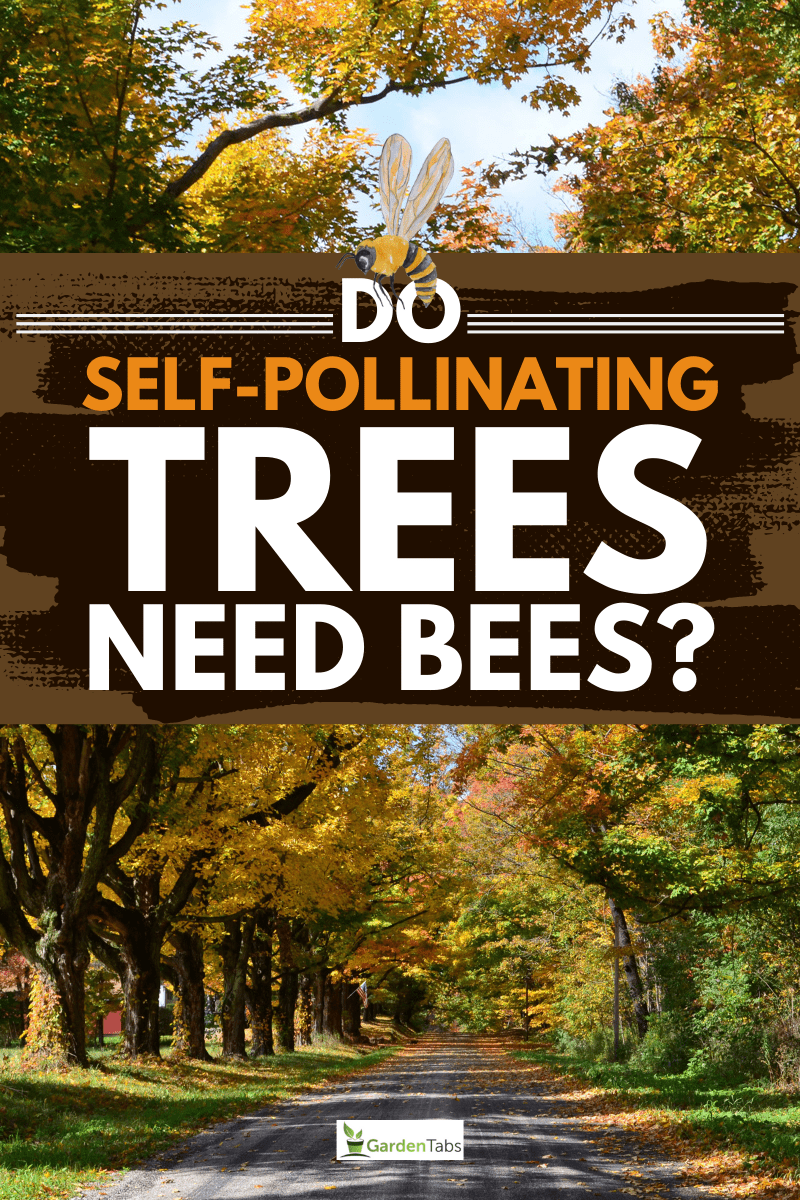
How Do Trees Self-Pollinate?
Trees are not just beautiful and majestic, but they also play an essential role in the health of our planet's ecosystems. They help maintain soil quality, prevent erosion, provide habitat for wildlife, and produce oxygen, among many other benefits.
Their reproductive mechanisms are an integral part of their survival and propagation, ensuring that they continue to thrive and fulfill their vital role in the ecosystem.
One of the most common mechanisms of tree reproduction is self-pollination, which allows trees to reproduce even in the absence of pollinators such as bees or birds. Self-pollination can occur in various ways.
The most common being autogamy. This process involves the transfer of pollen from the male reproductive structure (anther) to the female reproductive structure (stigma) within the same flower.
This type of self-pollination is prevalent in plants that produce flowers with both male and female reproductive organs.
Another form of self-pollination is geitonogamy, where the pollen is transferred from the anther of one flower to the stigma of another flower on the same tree.
This type of self-pollination is more prevalent in trees that produce separate male and female flowers.
In addition to these two types of self-pollination, some trees can reproduce asexually through a process known as apomixis. This process allows the plant to produce a genetically identical clone of itself without the need for fertilization.
In apomixis, the ovule develops into a seed without being fertilized by a sperm cell. This type of self-pollination is rare in trees but is more common in some species of grasses and ferns.
Interestingly, some trees have evolved unique mechanisms that allow them to self-pollinate more efficiently. For example, some species, such as the Douglas fir, produce both male and female cones on the same tree.
This ability to self-fertilize can increase the genetic diversity of the species and ensure their survival in isolated or challenging environments.
The Relationship Of Bees And Self Pollinating Trees
Self-pollinating trees are unique in that they possess both male and female reproductive structures within the same flower. As a result, they do not need the help of bees or other pollinators to produce fruit.
However, while self-pollination can occur without outside assistance, the presence of bees can have a significant impact on the quality and quantity of the fruit produced.
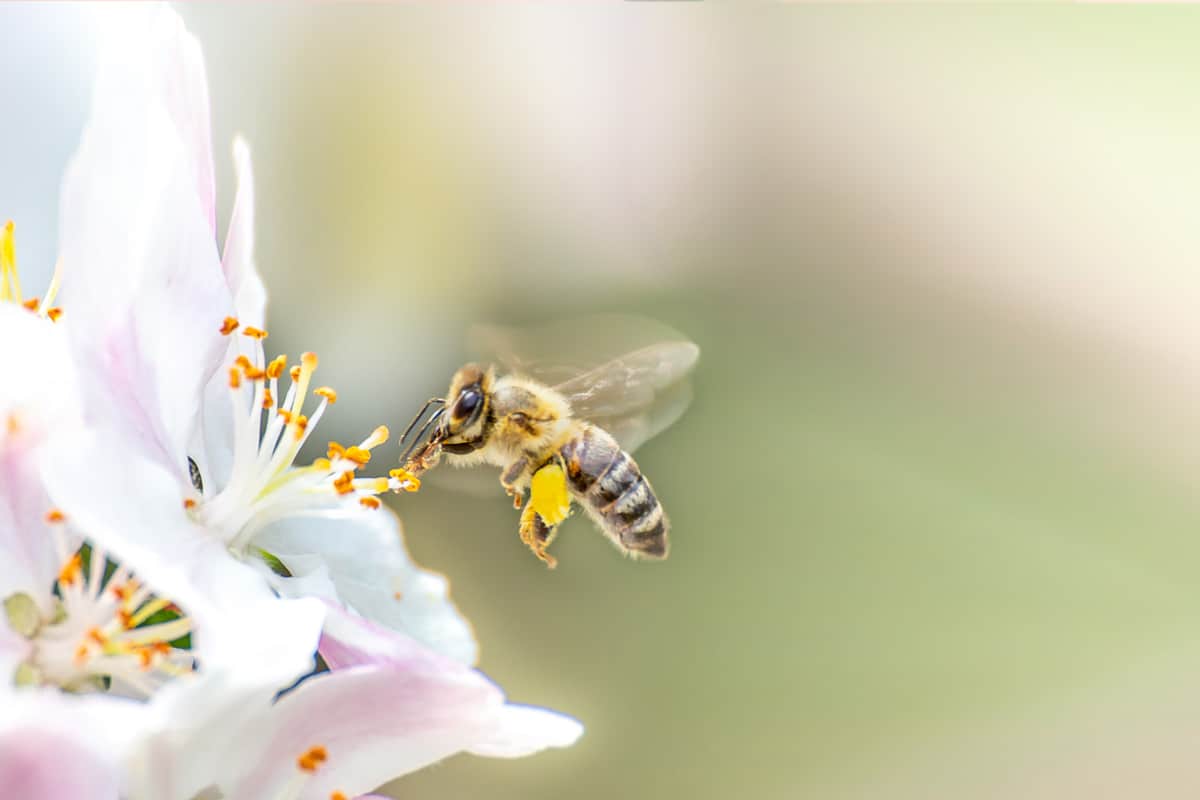
Bees are highly effective pollinators and play a crucial role in the reproduction of many plant species, including self-pollinating trees.
When bees visit a self-pollinating tree, they transfer pollen from the male reproductive structures to the female reproductive structures, fertilizing the flowers and enabling fruit to develop.
This process of cross-pollination can lead to genetic diversity and stronger offspring.
In addition to aiding in cross-pollination, bees are known to improve the overall health of self-pollinating trees. Their pollination activities can stimulate the growth of the tree and improve the quality of the fruit produced.
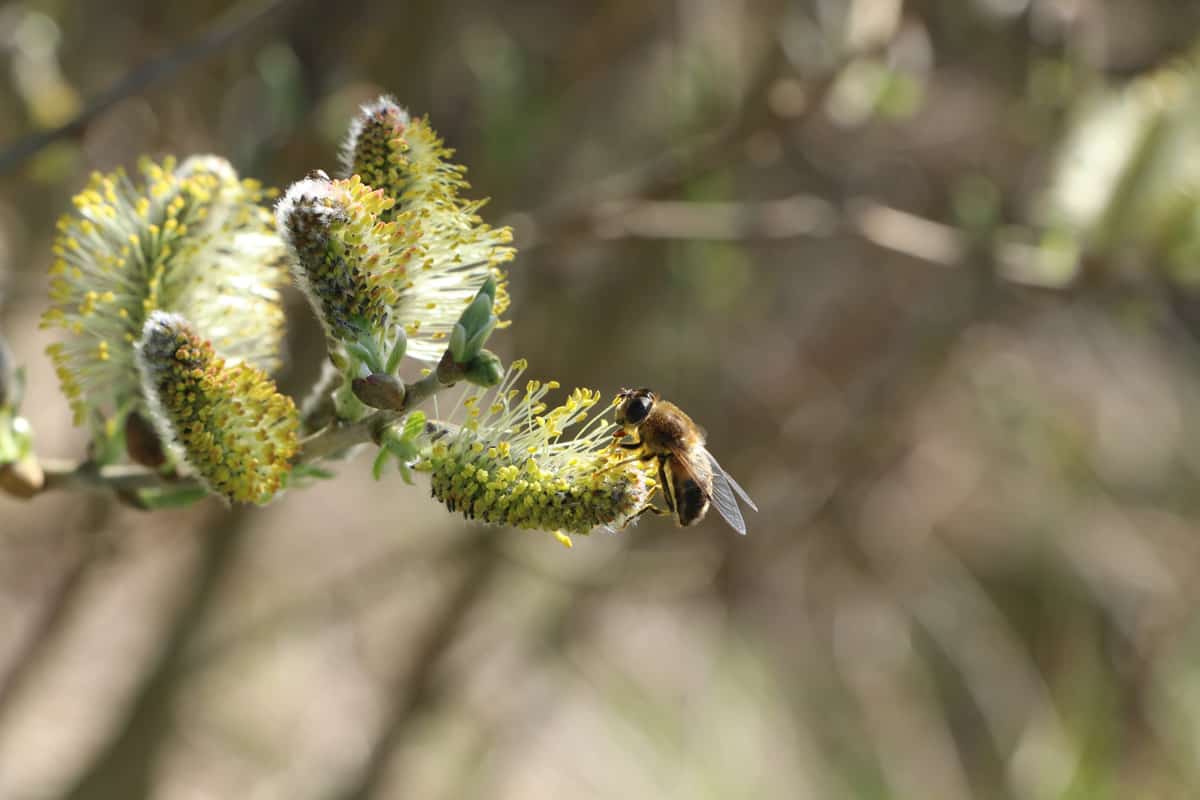
Furthermore, bees help to ensure that the tree produces a sufficient quantity of fruit, which is essential for the survival of many animal species that rely on this food source.
The relationship between self-pollinating trees and bees is a perfect example of symbiosis in nature.
The trees provide bees with a reliable source of nectar and pollen, which is necessary for their survival, while bees help to ensure the continued reproduction and propagation of the trees.
This symbiotic relationship underscores the interconnectedness of species in nature and highlights the importance of biodiversity in maintaining healthy ecosystems.
What Are Examples Of Self-Pollinating Trees?
Citrus trees such as lemons, limes, and oranges are self-pollinating, making them ideal for smaller gardens where there may not be enough space for multiple trees.
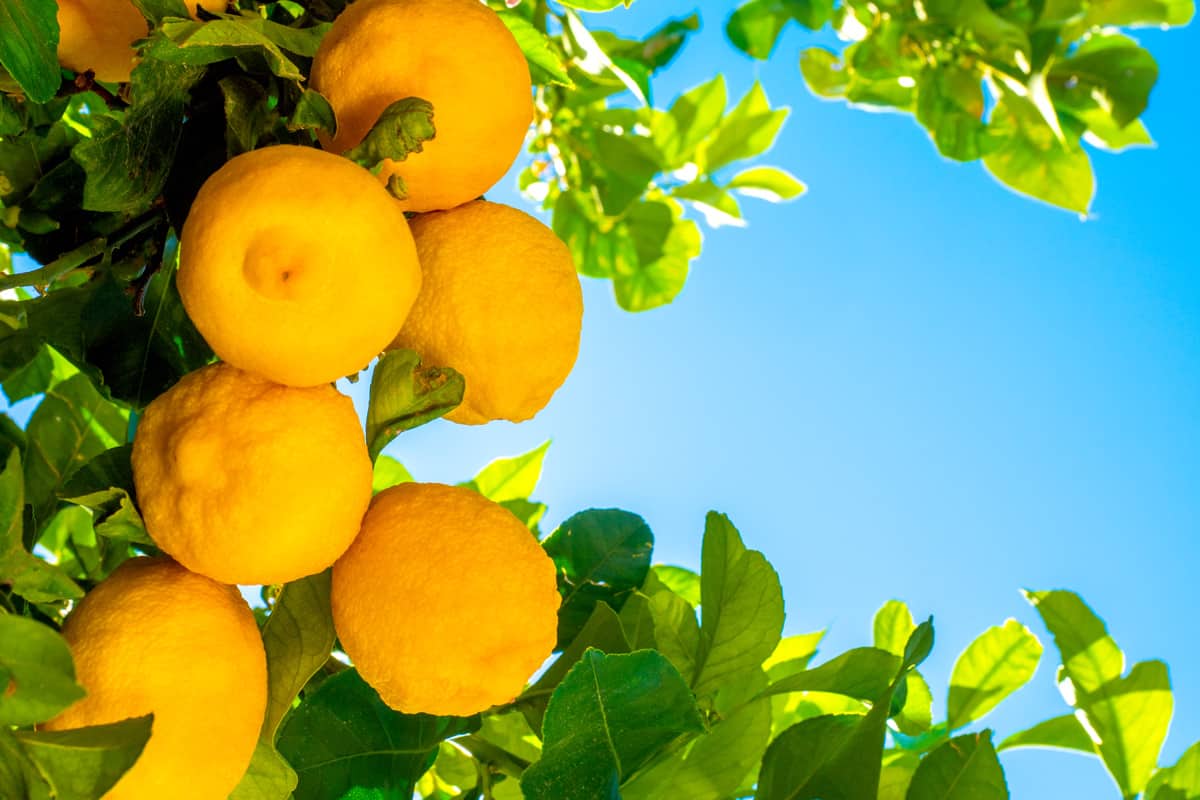
Peach, apricot, and nectarine trees are also self-pollinating. Avocado trees are another example of self-pollinating fruit trees, although some varieties may benefit from cross-pollination for increased fruit production.
Apple and pear trees come in both self-pollinating and cross-pollinating varieties. Self-pollinating apple trees include Gala, Granny Smith, and Red Delicious, while self-pollinating pear trees include Bartlett, Bosc, and Anjou.
However, some varieties of cherry trees, such as the Stella and Lapins varieties, are self-pollinating, while others require cross-pollination with another variety of cherry tree to produce fruit.
Figs, plums, and persimmons are other examples of self-pollinating fruit trees. Self-pollinating fig trees include Black Mission, Brown Turkey, and Kadota, while self-pollinating plum trees include Santa Rosa, Methley, and Satsuma.
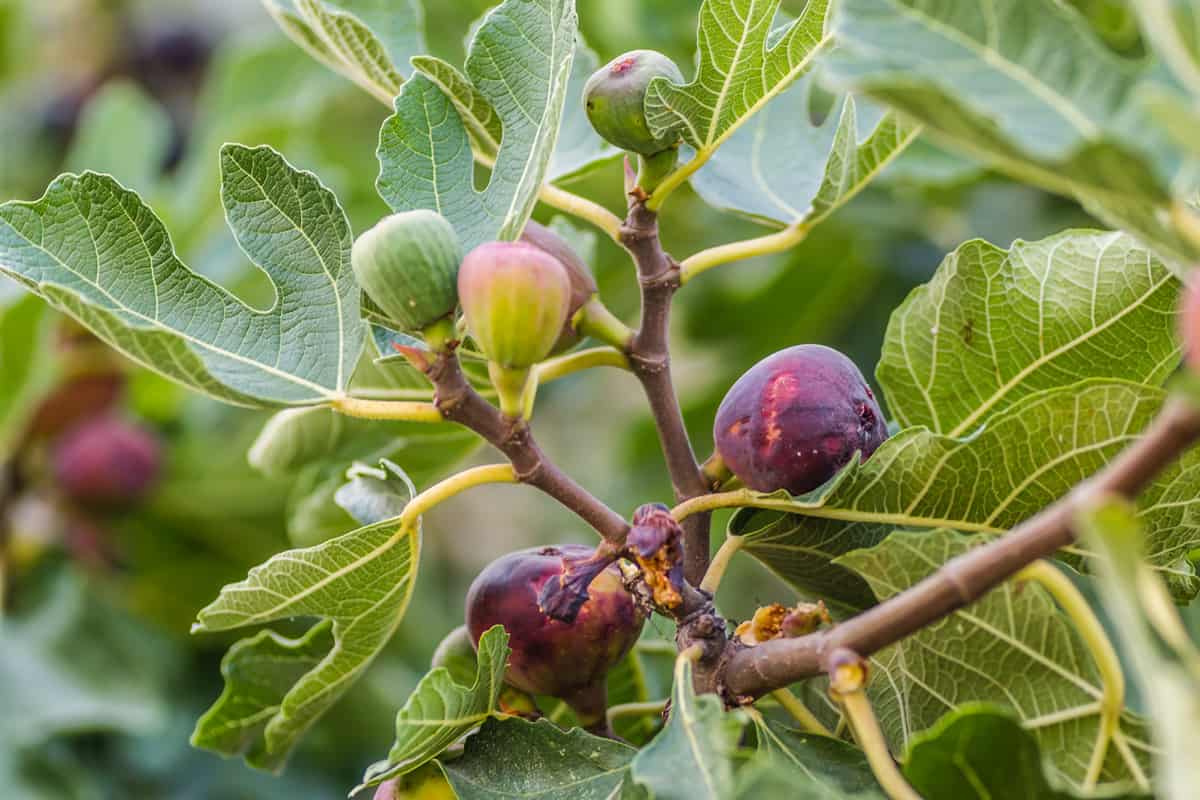
Self-pollinating persimmon trees include Fuyu and Jiro.
In general, self-pollinating trees are a great option for those with limited space or for those who want to simplify the pollination process.
When selecting a self-pollinating tree, it is important to research the specific variety to determine whether it is truly self-pollinating or requires cross-pollination.
Read more: Are Almond Trees Self-Pollinating?
Are There Disadvantages To Self-Pollinating Trees?
While self-pollination can be beneficial in certain circumstances, there are also some notable disadvantages to this method of pollination in trees.
One significant disadvantage of self-pollination is the lack of genetic diversity it can cause. When trees self-pollinate, the offspring they produce will be genetically identical to the parent tree.
This can lead to a lack of adaptability and resilience to changing environmental conditions. Additionally, you may see an increased susceptibility to diseases and pests.
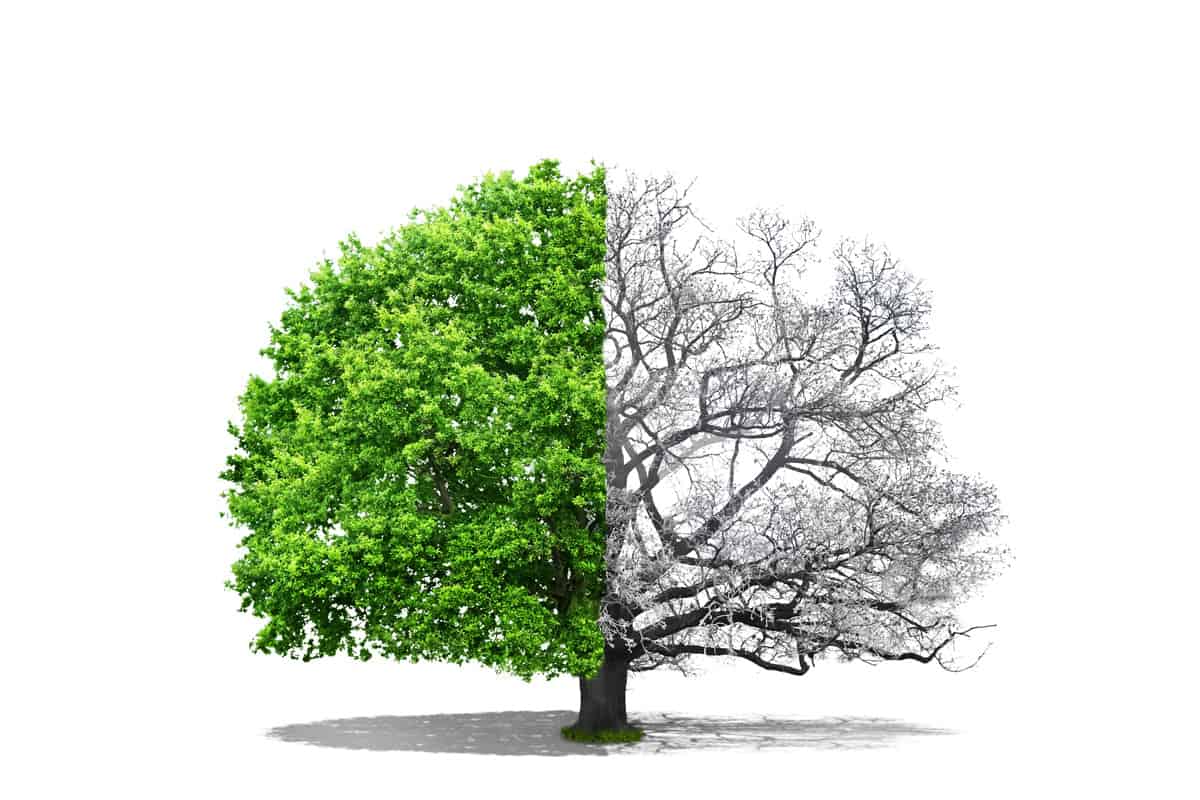
Another disadvantage is the potential for inbreeding depression. This can occur when closely related trees mate and produce offspring with reduced genetic fitness.
This can result in stunted growth, reduced fertility, and other negative characteristics in the offspring.
Furthermore, self-pollination may lead to reduced fruit and seed production. Trees that rely solely on self-pollination may have limited genetic variability in their reproductive structures, which can result in poor-quality fruit and seeds.
With these disadvantages in mind, it is important to consider alternative methods of pollination, such as cross-pollination, to ensure the long-term health and vitality of tree populations.
What Are Other Types Of Pollination?
Pollination is a vital process for plant reproduction, and different types of pollination methods exist outside self-pollination.
Cross-pollination involves the transfer of pollen from the flower of one tree to another tree of the same species, variety, or cultivar. This type of pollination typically requires the help of bees or other pollinators.
When it comes to fruit trees that require cross-pollination, it's essential to have multiple varieties of the same fruit tree in the same area, as different varieties may bloom at different times.
For example, sweet cherries, pears, and apples need two different compatible varieties for successful fruit production.
Animal and insect pollination is another type of pollination where moths, bats, birds, or insects are needed to pollinate tree flowers. Keep in mind that it's important to avoid using insecticides and other chemicals on plants that could harm pollinators.
Wind pollination is a type of pollination where pollen is carried by the wind. To ensure successful pollination in this case, several trees of the same species need to be planted within a specific proximity to each other.
Pinyon pine, juniper, pecan, and pistachio are examples of trees that are naturally wind-pollinated.
Finally, some trees have male and female flowers on separate trees. These dioecious trees, such as date palms, carob, pistachio, and persimmons, require the presence of a male tree in the vicinity to pollinate the female tree and ensure fruit production.
Professional advice is often necessary when ordering and planting these trees to ensure successful pollination.
Regardless of the type of pollination required, it's essential to promote pollinator-friendly practices to safeguard the health and sustainability of our ecosystem.
In Summary
While self-pollinating trees do not need bees, these industrious insects can play an important role in ensuring the longevity and vitality of these trees. We hope this article has provided you with valuable insights to help you care for the trees in your landscape.
Are you looking for some ways to attract bees in your garden? Have a look at this post:
Do Marigolds Attract Bees & Butterflies [Yes! Tips For Planting In Your Yard]


